Indoor balsam: basic rules of care
Balsam is a common houseplant widely recognized for its beautiful flowers. The botanical name of this family is Impatiens, but people often call it "Vanka wet" or "Ogonyok" because of the peculiarities of flowers and leaves. This is an unpretentious plant, which can be taken care of even by a novice grower, the simplest conditions of maintenance ensure good growth and constant flowering.
Content:
- The origin and appearance of balsam
- Growing balsam at home
- Planting balsam
- Balsam pests and diseases
The origin and appearance of balsam
Balsam room - just one of the species belonging to the extensive botanical family. Most often, Impatiens petersiana is grown at home - Peters' balsam or I. sultani - sultanoid balsam, in total there are more than 600 species of this plant. Its homeland is the subtropics of Africa, North America, southern Europe; in natural conditions, balsam prefers a warm climate and high humidity.
Outwardly it is:
- Perennial shrub, the plant height is 40 to 60 cm.
- The stem is branched, translucent.
- The stem is light green in color, although it may have a purple hue in some species.
- On the stem, leaves are oppositely located, having the shape of a heart, their length can reach 10 cm.
- The leaves can vary in color, from very light to dark green.
One of the distinguishing features of balsam is the thin and fragile petioles with which the leaves are attached to the stem.
- Balsam flowers can have a different color from pale pink to bright red, for which this plant has received the nickname "light".
- Some types of indoor balsam can have white or bicolor petals that look very nice.
- The petals open wide, in some varieties they can be double and semi-double. The flower diameter can be up to 5 cm.
Another name for balsam is touch-me-not.
He got it for the dry seed pods that form on the stems after flowering. If you touch them, they immediately burst, and the seeds spill out.
Balsam will be a wonderful decoration of the room, it looks great next to other indoor plants. It will be especially well combined with euonymus or areca palm. Container planting is often used to decorate shop windows: balsam is planted in spacious boxes, in which it forms a beautiful green carpet with bright flowers.
Growing balsam at home
For the location of balsam in an apartment, it is better to choose southern and eastern windows, since this is a light-loving plant. At the same time, it is afraid of direct sunlight, so it must be placed where hot sunlight does not fall or covered with a fabric screen. You can also place the plant in shaded areas, but in this case the stems of the plant will be thin and elongated, and the balsam will bloom much less often. Otherwise, this is not a capricious plant at all; a child can also take care of it.
Several basic principles must be followed:
- Balsam needs a lot of water, so watering should always be abundant. An insufficient amount of moisture leads to the fact that the leaves quickly begin to wilt, the flowers can crumble.However, there is a risk of waterlogging in the soil, so a good drainage layer must be ensured.
- In winter, the plant should be watered less intensively; it is recommended to put it in a cool place, where the air temperature will be about 15 degrees. If the temperature in the room is higher, then the balsam needs more moisture.
- Stems and leaves it is recommended to spray regularly, but so that drops of water do not fall on the flowers. If you want the balsam to bloom in winter, you need to put it in the sun for several hours.
- In spring, young shoots are pinched, in this case they will be more branched. It is recommended to remove the old shoots of last year, leaving a stump small in length. It will sprout very quickly, and the balsam will look beautiful.
- From early spring to early autumn, the plant is fed with liquid fertilizer once every two weeks. Top dressing will ensure good growth of the stems, and the flowering will be more abundant.
- The plant is transplanted annually, it is recommended to do this in early spring. For full growth, you need a soil consisting of equal parts of sand, peat, turf and humus. On poor soils, balsam can grow, but it will bloom much worse.
Generally provide balsam with good conditions for growth is not that difficult. All cares about this plant will definitely be rewarded with lush flowers that will appear almost all year round.
Planting balsam
Balsam is propagated by both cuttings and seeds, but the second method is used much less often.
Rather, this is an experiment for a flower lover, as this can produce a balsam with an unusual color of buds. Seeds are most often sown in early spring, but if you want to get buds this year, then you can start planting starting in January. Before planting, the seeds are kept for some time in a pale pink solution of potassium permanganate, this will prevent the development of rot.
It is recommended to plant the seeds in special peat tablets, this guarantees their germination and rapid growth of shoots.
You should not cover the seeds with earth from above, on the contrary, it is recommended that they provide bright lighting. The first shoots begin to appear after 10 days, they are grown in a mini-greenhouse, for this the shoots are covered with oilcloth. After the first true leaves appear, young plants can be transplanted into boxes along with peat.
Propagation by cuttings is much easier, which is why it is used more often. This breeding method can be used at any time of the year; cuttings usually quickly develop own root system.
Reproduction by cuttings is carried out as follows:
- The upper part of the shoot is cut and cleaned of leaves and flowers.
- The stalk is placed in settled water for 7-10 days.
- When the roots begin to appear, the cuttings are planted at a shallow depth in moistened soil. They will quickly begin to sprout of their own.
- The grown shoots are pinched so that they begin to branch.
The formation of the root system of a young plant will be completed in 2-3 months, after which it will completely fill the allotted space. Balsam blooms well even in cramped pots, but it is better to plant several bushes in spacious boxes to get a mini-flower bed on the windowsill.
Balsam pests and diseases
One of the main causes of rot is over-watering in winter.
If moisture stagnates in the soil, it leads to rotting of the root system. The treatment in this case is simple: the flower must be carefully removed and transplanted into a more favorable environment. In order to prevent such a problem, moisture in the soil should not be allowed to stagnate.
Another problem is spider mites.
This pest infects the leaves of the plant; you can see a characteristic cobweb on them. The treatment will be the treatment of plants with a warm solution based on laundry soap. Another common pest is the whitefly, because of it leaves begin to fall off.You can get rid of it only with the help of special chemicals. Spraying products are available at the store.
Balsam is a truly beautiful indoor flower that will look great in the room. Caring for him is easy to master, and he will delight you with beautiful buds. Blooming balsam will be the best decoration for the room.
More information on how to grow balsam can be found in the video.



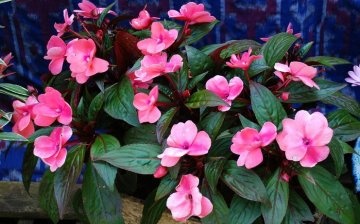
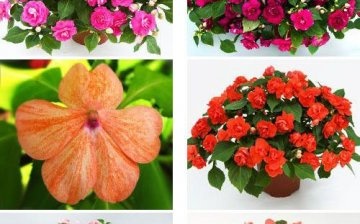

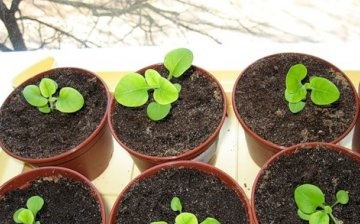
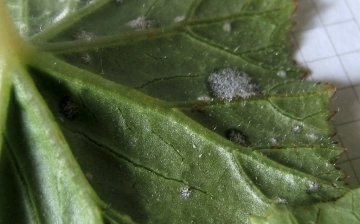





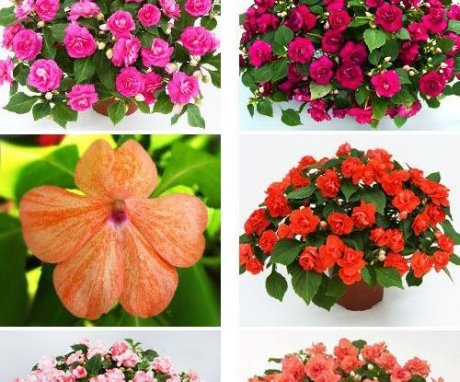
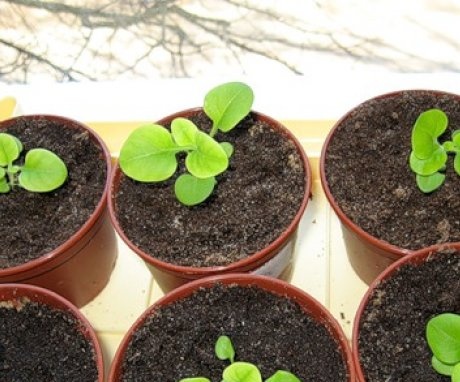
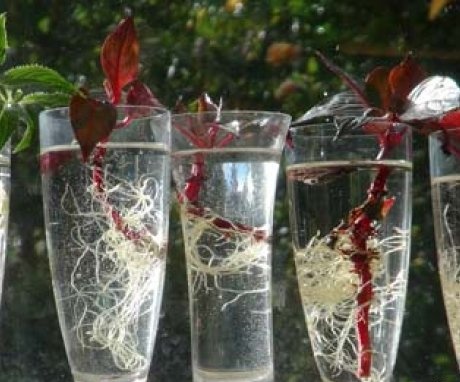

I always liked Balzamin. For some reason, since childhood, the association of the name of the flower with the grandmother remained - either she loved to grow it, or something else. Now my friend grows balsams - they are very beautiful, blooming with her.